Schade Creek Vineyard has appeared in the Now And Zin Wine Country series before, as have some of their recent troubles with the Waukee, Iowa city government. The status of the winery is up in the air as of this writing, which led to the question mark in the headline.
Kurt and Jana Schade (pronounced Shady) have been battling the city council for their very survival as a business since the city embarked on a crusade to keep their winery and tasting room closed. This article, from Waukee Patch in 2012 also highlights some of the struggles Schade Creek Winery has had with the city.
Although the Schades didn’t hold out much hope for a victory against City Hall when I spoke with them recently, I have my fingers sincerely crossed that they can get back to the work into which they have poured their life savings - the work of making people happy by way of their wines.
In the middle of their struggle, the Schades were kind enough to supply me with some of their wines so I could revisit a few of them and taste some of their other offerings. Schade Creek’s wines are not labeled with a vintage, but it appears these releases are new, and some are different from the previous vintage. Their wines sell for about $12 per bottle.
Winemaker’s Reserve
The Schades' 2012 Marechal Foch is Iowa's version of Pinot Noir. The Foch grape is a cold-hardy orb which ripens early. That makes it a near-perfect grape to grow in Iowa. Medium dark ruby in the glass, the wine lets enough light through to suggest a delicate sip. The bouquet is a beautiful Pinot-like mix of flowers, cranberry, raspberry and coffee. In the mouth, it's lively and fresh, with an invigorating acidity and great tannic structure. The cranberry and blackberry flavors are draped in a gentle earthiness that makes it feel like a wine of the nighttime. The Schades tell me the intensity of flavor from those small berries "is likely due to the drought we experienced last summer.”
Ghetto Fab
This rosé, called a blush in the Midwest, is made from 100% Steuben grapes. The skins remain in contact with the pressed juice long enough to impart a medium-garnet color. It looks a lot like a Spanish rosado, or a White Zinfandel. The nose bears the Iowa earth, with vibrant strawberry and watermelon aromas peeking through. On the palate, it's the same story - fruit nestled in minerality. A citrus play arrives late and stays on the finish. The racy acidity is razor sharp, which means you can pair this wine with a lot more than just a salad.
Soul Mates
This is a half-and-half blend of Golden Muscat and Steuben grapes. There’s honeyed apricot on the nose, and an earthy aroma permeating it. It’s full and a bit sweet in the mouth, and the acidity is brilliant. The flavor profile runs from tropical fruit to peaches and back again, with a lovely Sweet Tart finish. The Schades recommend pairing with pork and big, bold cheeses. It also pairs nicely with avocado They say it’s a great choice for people who love Pinot Grigio, and I think that hits the nail right on the head.
Vineyard Sunrise
Made entirely from the Schades' Vignoles grapes, the nose offers a fresh display of flowers and herbal notes, with an underlying sweetness of apricots. On the palate, the semi-sweet wine carries lovely flavors of peaches and a terrific level of acidity. The winemaker notes suggest a pairing with beef or lamb. I don't know that I would go that far, but it would the perfect wine to pair with garlic shrimp or big cheeses.
Friends
Another 100% Vignoles effort, the white wine with the friendly name is crisp and semi-sweet, with a nose of earthy apricots and peaches and a tart, tangy palate. The Schades recommend it for those who like Sauvignon Blanc. They also say it goes nicely with salads and shrimp.
Wine O’Clock Somewhere
This lighthearted wine is 100% Edelweiss. The Schades say the past year’s Edelweiss turned out a bit sweeter than usual. This wine has an earthy/sweet nose, with honeyed fruit highlights. The palate shows a great level of acidity, which makes the wine very refreshing and food-friendly. The full mouthfeel and fruit-driven palate make this an excellent wine for sipping, or for pairing with salads or other light fare.

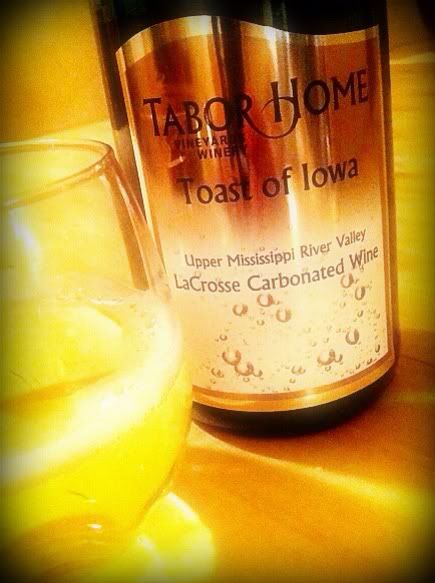
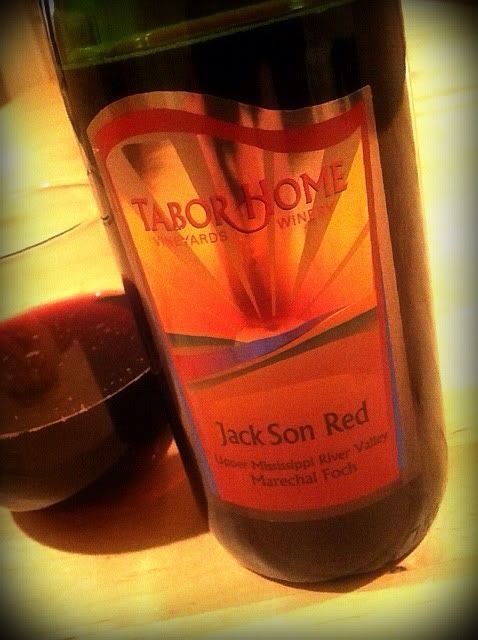 JackSon Red 2010
JackSon Red 2010
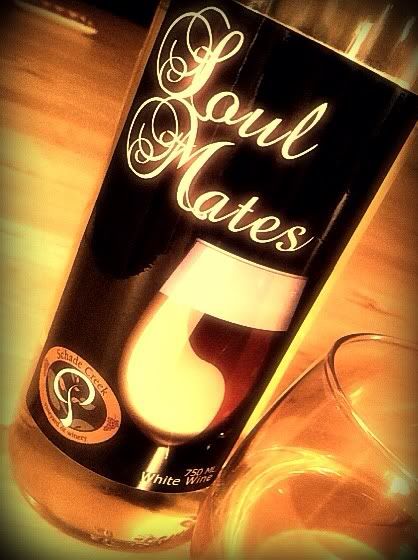 Soul Mates White Table Wine
Soul Mates White Table Wine  Creme de la Creme Blanc White Table Wine
Creme de la Creme Blanc White Table Wine 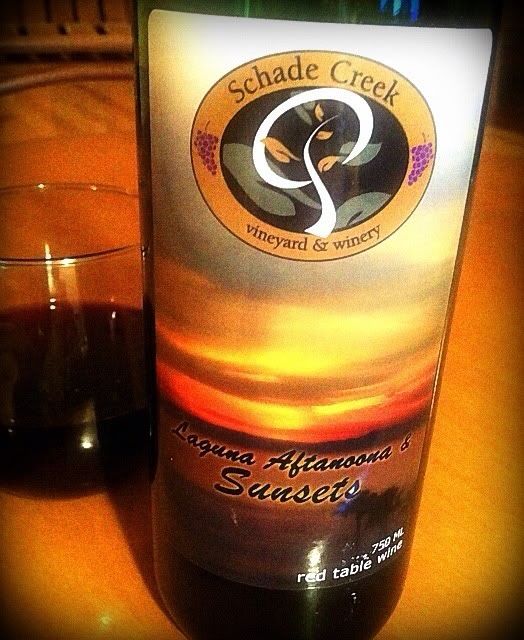 Laguna Aftanoona & Sunsets Red Table Wine
Laguna Aftanoona & Sunsets Red Table Wine 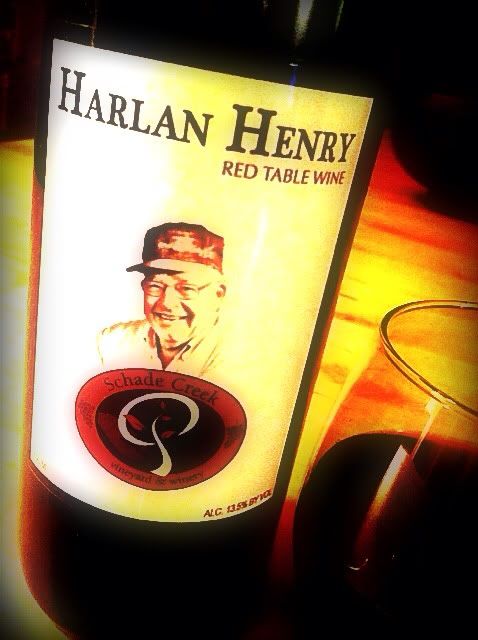 Harlan Henry Red Table Wine
Harlan Henry Red Table Wine